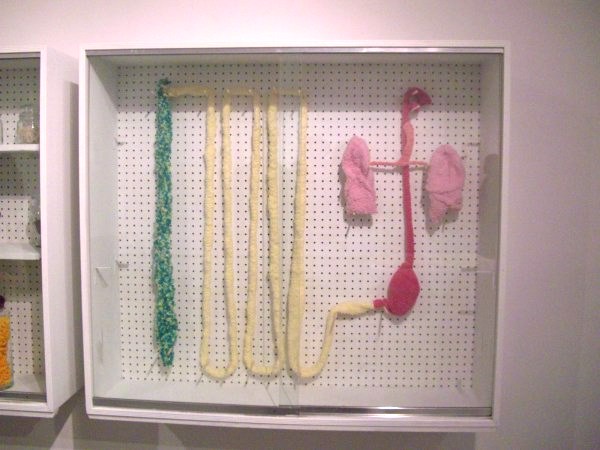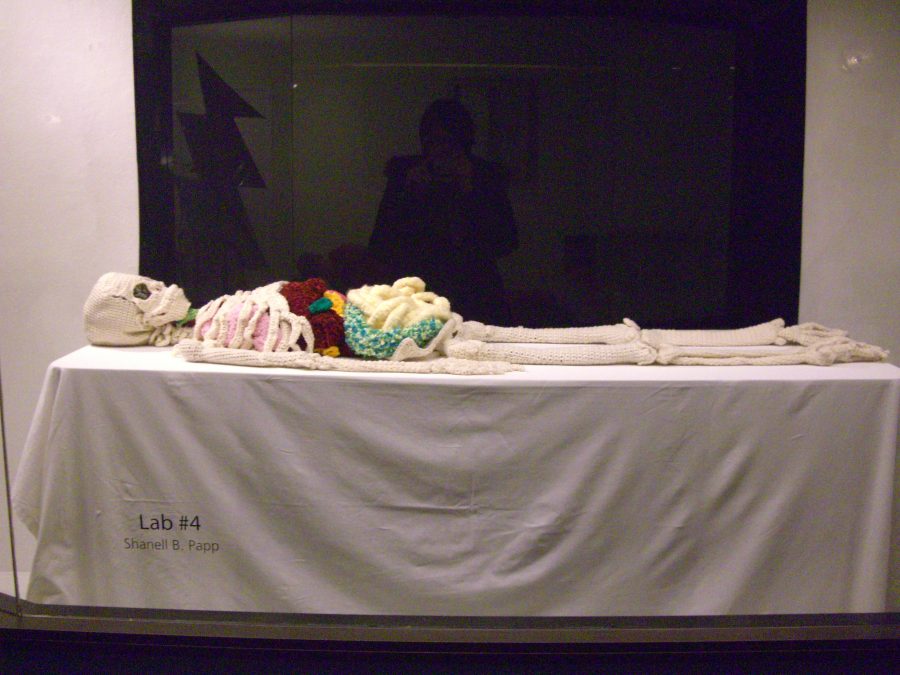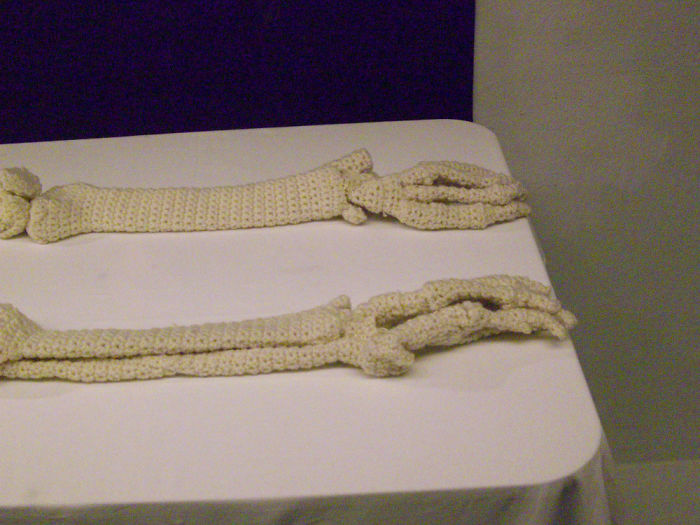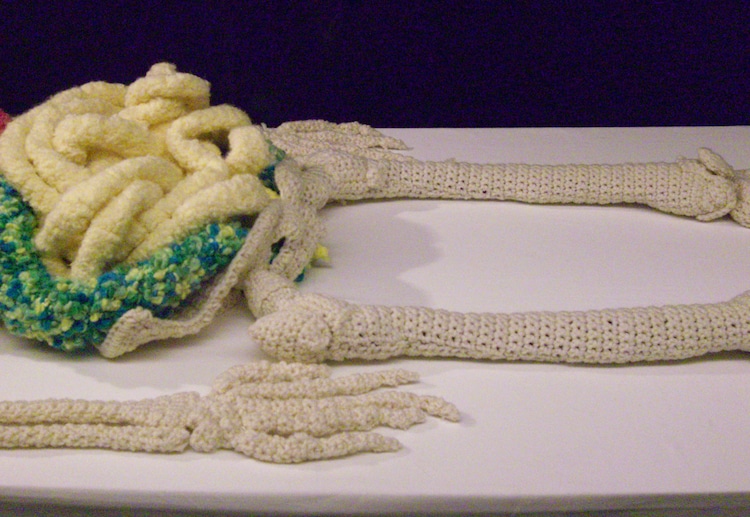How on Earth does Joyce Carol Oates do it? Since her debut 56 years ago she has put out 58 novels, not to mention her poetry, plays, nonfiction, diaries, and thousands — literally thousands — of short stories. (In recent years, she’s also written no small number of tweets.) But though she’s spent decades with the adjective prolific attached to her name, none of us would know her name in the first place if her work had nothing more distinctive about it than its sheer volume. No matter how much a writer writes, all is for naught if that writing doesn’t make an impact. The question of how to make that impact, in several senses of the word, lies at the heart of Oates’ new online course offered through Masterclass.
“The most powerful writing often comes from confronting taboos,” Oates says in the course’s trailer above. “As a writer, if one can face the darkest elements in oneself, and the things that are secret, you have such a feeling of power.” The truth of that comes through in any of Oates’ novels, but also in her shorter works of fiction, even the early stories that make up her very first book, 1963’s collection By the North Gate.
We might call her one of the writers whose short stories offer distillations of their sensibilities, and so it makes sense that her Masterclass focuses on “the Art of the Short Story.” Its fourteen lessons cover such aspects of short-story writing as drafting, revising, and sharing; observing the world with a journal; and of course, “exploring taboo and darkness.”
Oates draws examples from her own vast body of work, of course, including her much-reprinted short story “Where Are You Going, Where Have You Been?” But she also examines the writing of such predecessors as Virginia Woolf, William Carlos Williams, and Ernest Hemingway, as well as stories written by the two students who appear in the class videos. This is as close as most of us will ever get to being workshopped by Joyce Carol Oates, and if that appeals to you, you can take her Masterclass by signing up for a All-Access pass to every course on the site (including courses taught by novelists like Margaret Atwood, Judy Blume, and Neil Gaiman). But be warned that, however daunting the prospect of tapping into one’s own dark memories and forbidden thoughts, the question of how Oates does it has another, potentially more frightening answer: eight hours a day.
You can sign up for Oates’ course here.
FYI: If you sign up for a MasterClass course by clicking on the affiliate links in this post, Open Culture will receive a small fee that helps support our operation.
Related Content:
The Writing Life of Joyce Carol Oates
Margaret Atwood Offers a New Online Class on Creative Writing
Judy Blume Now Teaching an Online Course on Writing
Based in Seoul, Colin Marshall writes and broadcasts on cities, language, and culture. His projects include the book The Stateless City: a Walk through 21st-Century Los Angeles and the video series The City in Cinema. Follow him on Twitter at @colinmarshall, on Facebook, or on Instagram.






